Reportar esta entrada
Más sobre la misma comunidad-colección
Second Baptist Church - El Paso, Tejas
The photograph shows the Second Baptist Church. This building at ...
St Alban's Episcopal Iglesia
The Church of Saint Alban is the oldest Episcopal Church in El ...
San George Arquidiócesis Ortodoxa Iglesia - El Paso, Texas
St. George is a parish of the Antiochian Orthodox Christian ...
Church of Jesus Christ of Latter-Day Saints
The picture shows the Mormon church Church of Jesus Christ of ...
Torre de Misión de Guadalupe, Juárez
The picture shows the tower of the Our Lady of Guadalupe Mission ...
Restos de Primeros Pobladores en Misión de Guadalupe
The picture shows the remains of the first settlers in the area, ...
Monasterio de la Adoración Perpetua
The picture shows the Monastery of Perpetual Adoration. The ...
Centro Islámico de El Paso, Texas
The image shows the Islamic Center of El Paso. It is situated in ...

















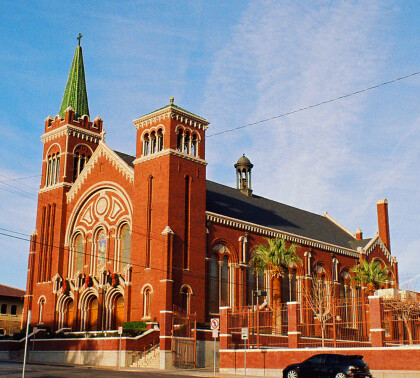
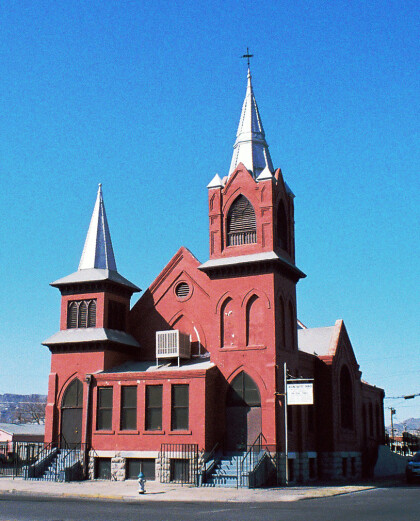
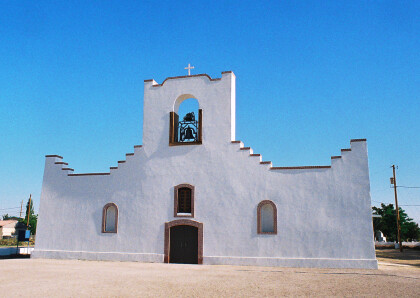
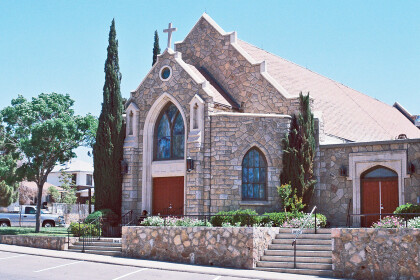
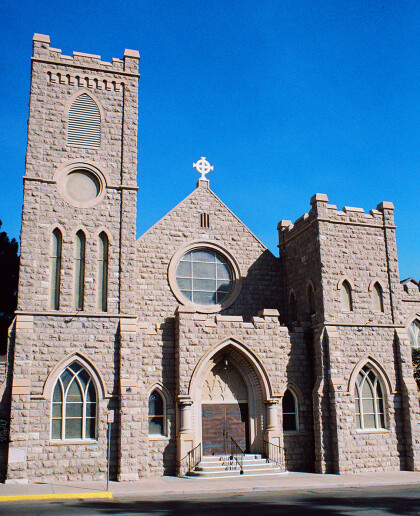
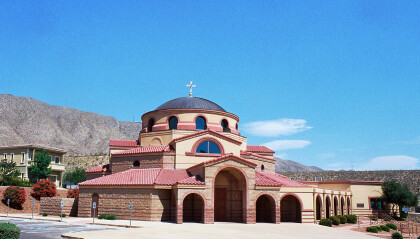
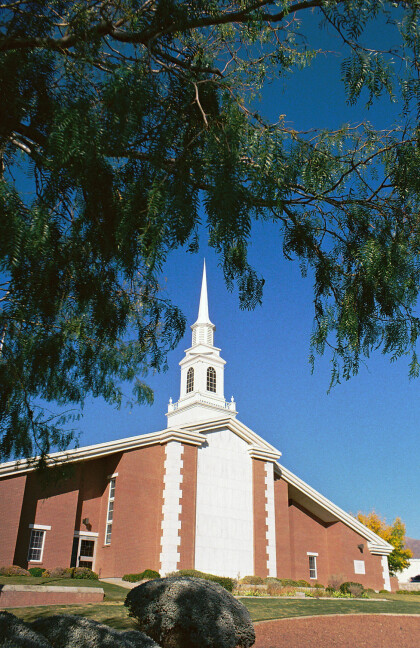
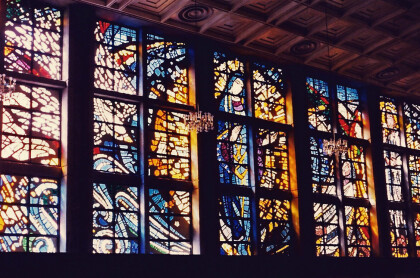
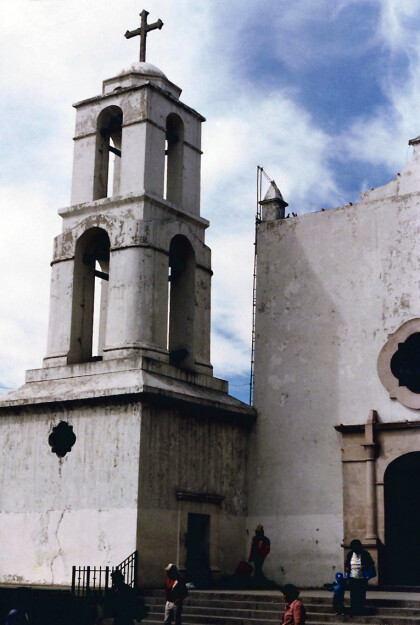
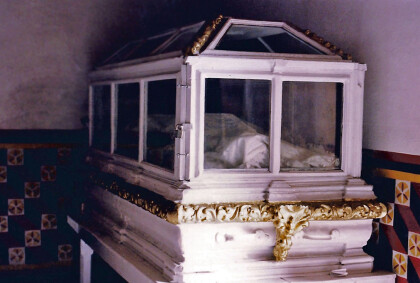
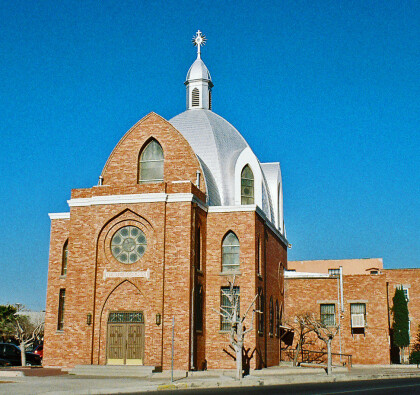
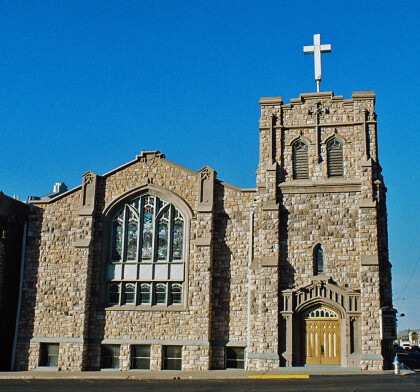
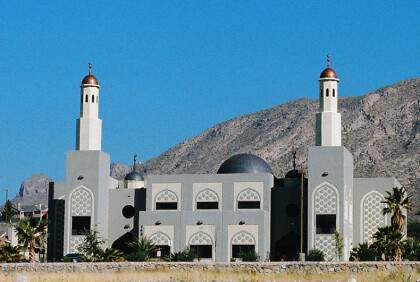
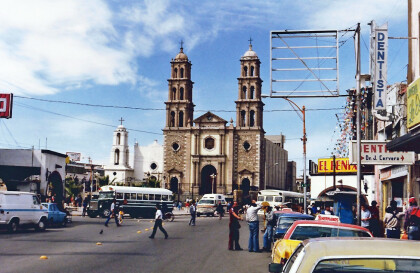
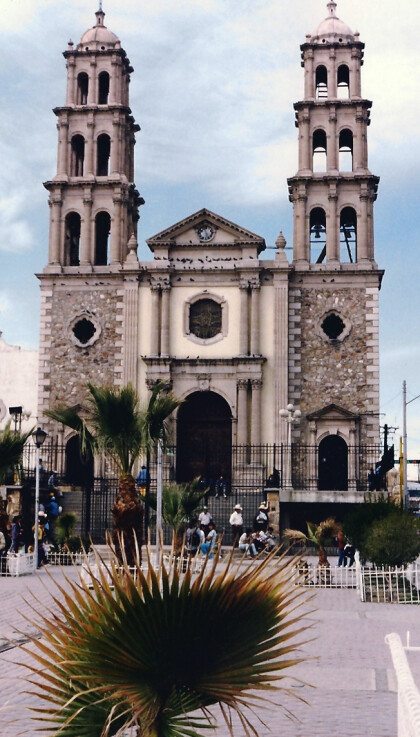
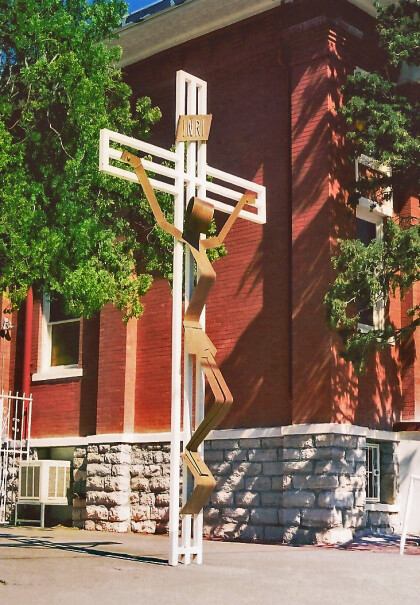
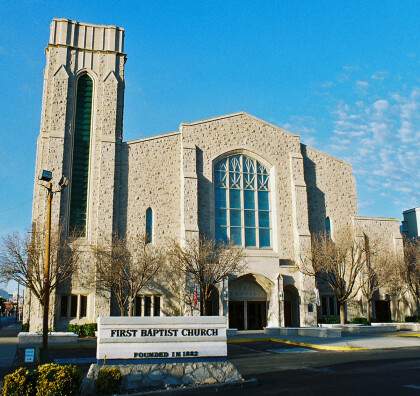
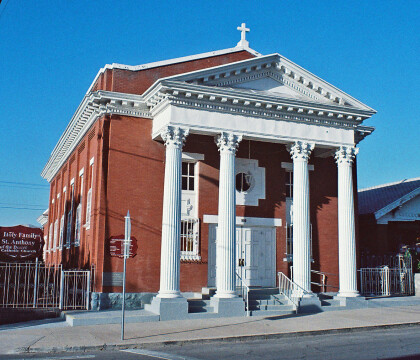
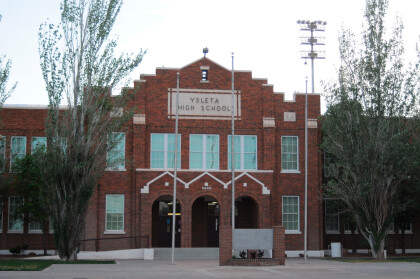
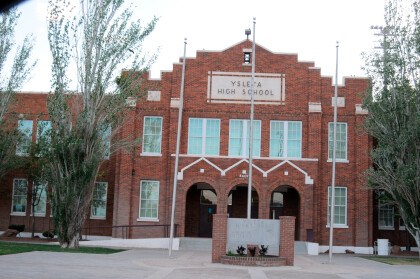
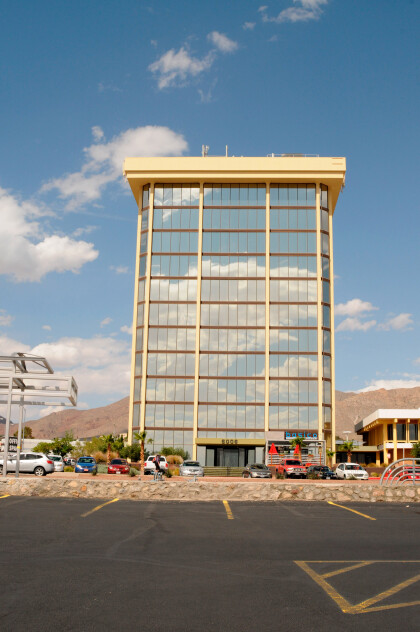
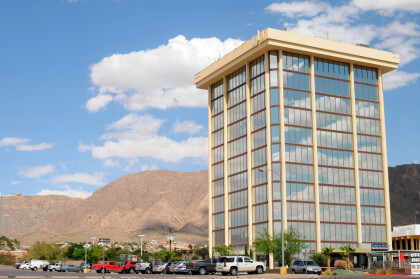
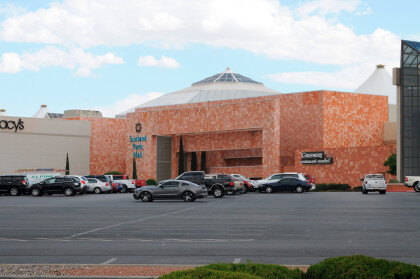
Comentarios
Hacer un comentario